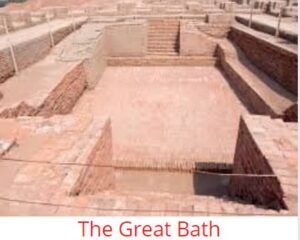
Pre-Historic Period : Most Important Points
Quickly Revise Most Important Points of Pre-Historic Period
Home » Quick Revision Guide » Vedic Literature : Most Important Points

Most important points about Vedic Literature
The period from 1500 BC to 600 BC is considered as Vedic Period which is divided into two parts :
There are four Vedas:
Prose texts which provide explanation and meaning of the hymns of Vedas.
Each Veda has its own Brahmanas.
Forest books which were written for the Rishis and students living in the forests.
They are the concluding portions of the Brahmanas.
They are the last layer of Vedic literature therefore they are also called Vedanta.
Their subject matter is Philosophical and they mainly deal with matters like Atman( soul/Self), Brahman ( Ultimate reality ), rebirth etc.

Quickly Revise Most Important Points of Pre-Historic Period

Most Important Points about Historical Background of Indian Constitution.

Most important features of Indus Valley Civilization

Quickly Revise Most Important Points about Rig Vedic Period